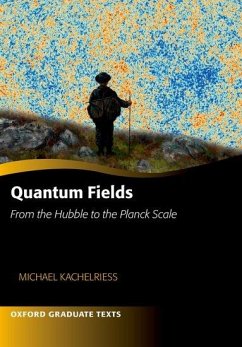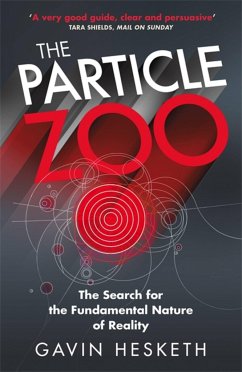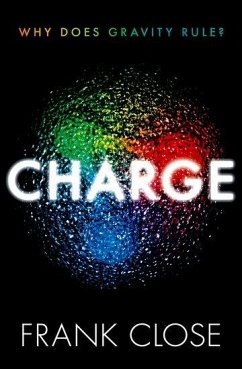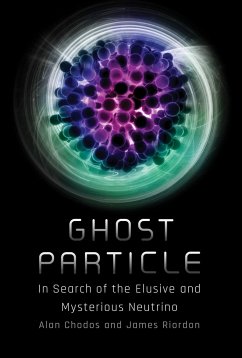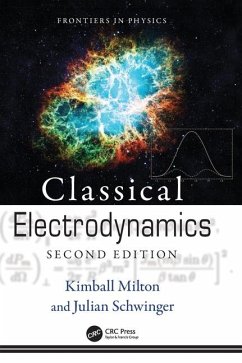Nicht lieferbar

Everything Is Living Energy
Versandkostenfrei!
Nicht lieferbar
What is it to be alive? Most definitions of life describe a virus as non-living, yet the coronavirus that caused so many world deaths was a structure that benefited from and replicated itself by taking control of and using the energy and structure of human cells. Not all structures can replicate themselves but all structures have a desire for the energy of their surroundings. Their atomic particles always seek to create more efficient ways of getting such energy. It is why structures like us evolved. The atomic particles that make for structures are alive. They are composed of energy, have rol...
What is it to be alive? Most definitions of life describe a virus as non-living, yet the coronavirus that caused so many world deaths was a structure that benefited from and replicated itself by taking control of and using the energy and structure of human cells. Not all structures can replicate themselves but all structures have a desire for the energy of their surroundings. Their atomic particles always seek to create more efficient ways of getting such energy. It is why structures like us evolved. The atomic particles that make for structures are alive. They are composed of energy, have roles to play and they communicate and interact via light-speed energy with other atomic particle energies in their environment. Science struggles to explain gravity, calls it a force but knows it is not a force. It is the motion of energy-desiring particle structures toward energy-releasing structures; it is why we are drawn toward the earth and why the earth is drawn toward the sun. The thing to understand is: everything is living energy.






